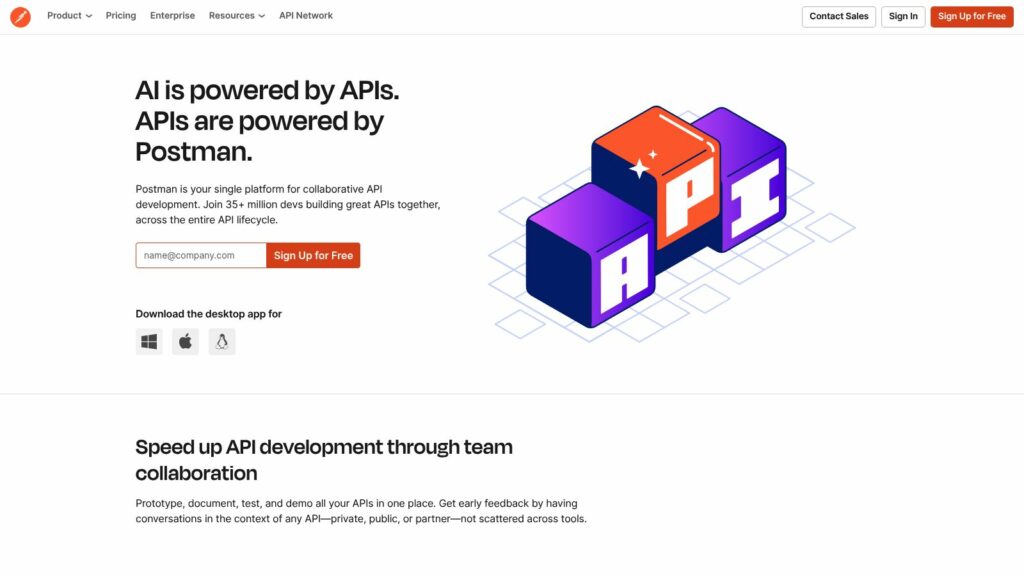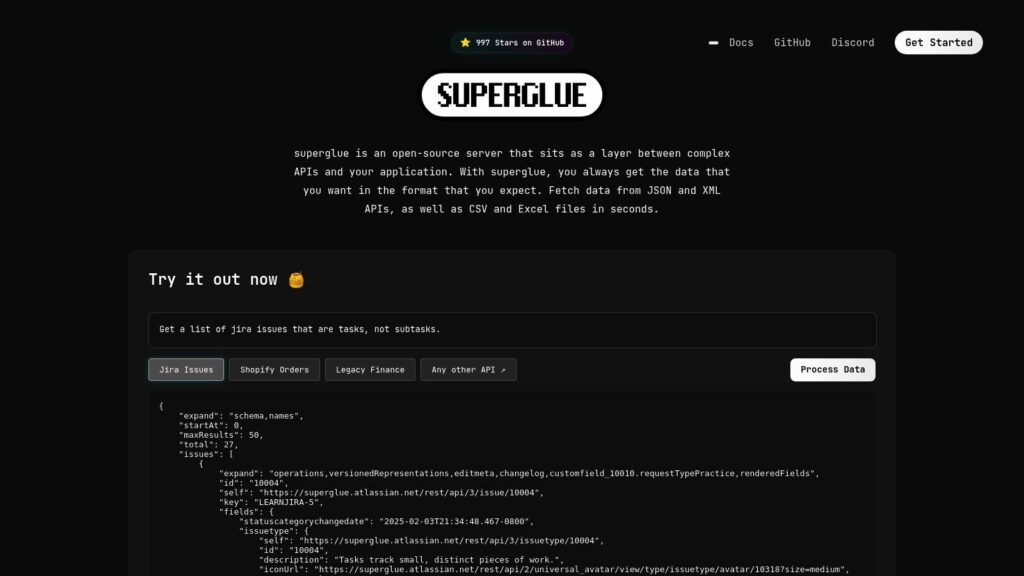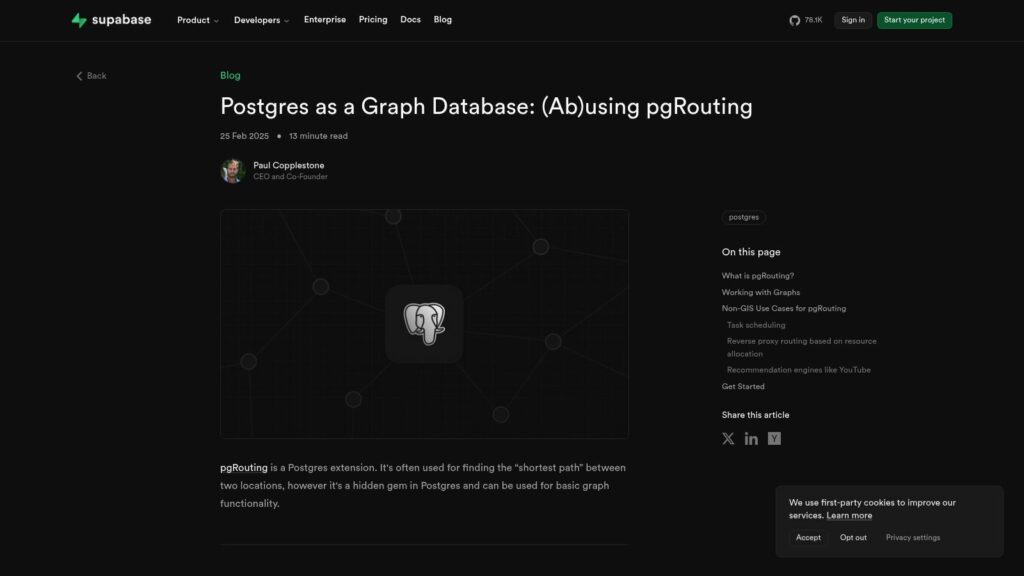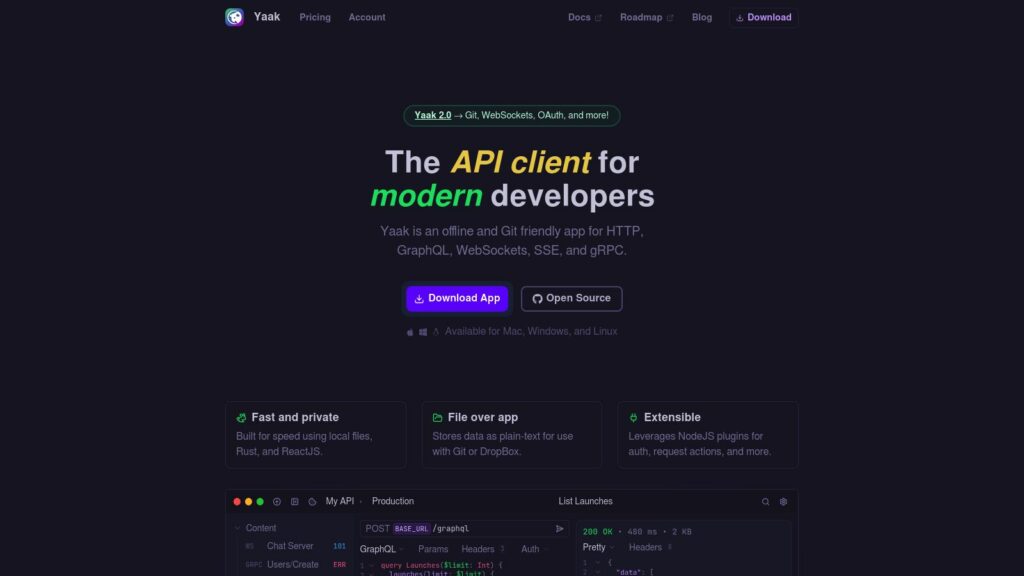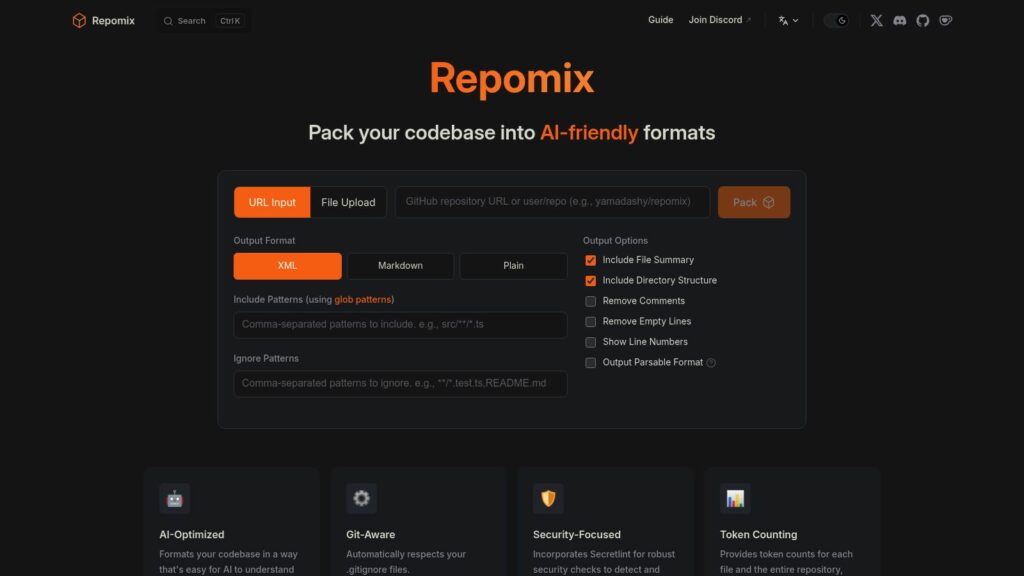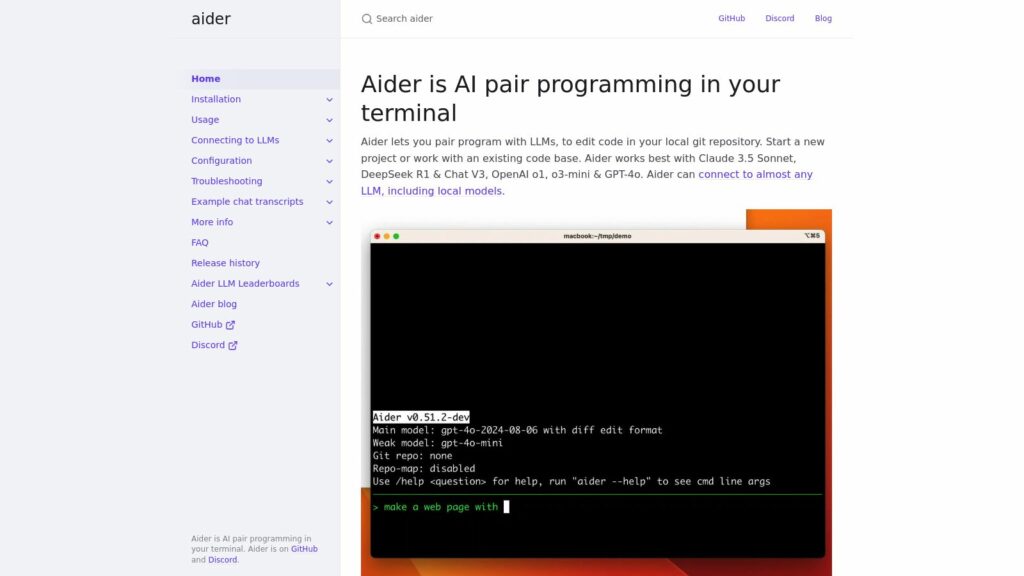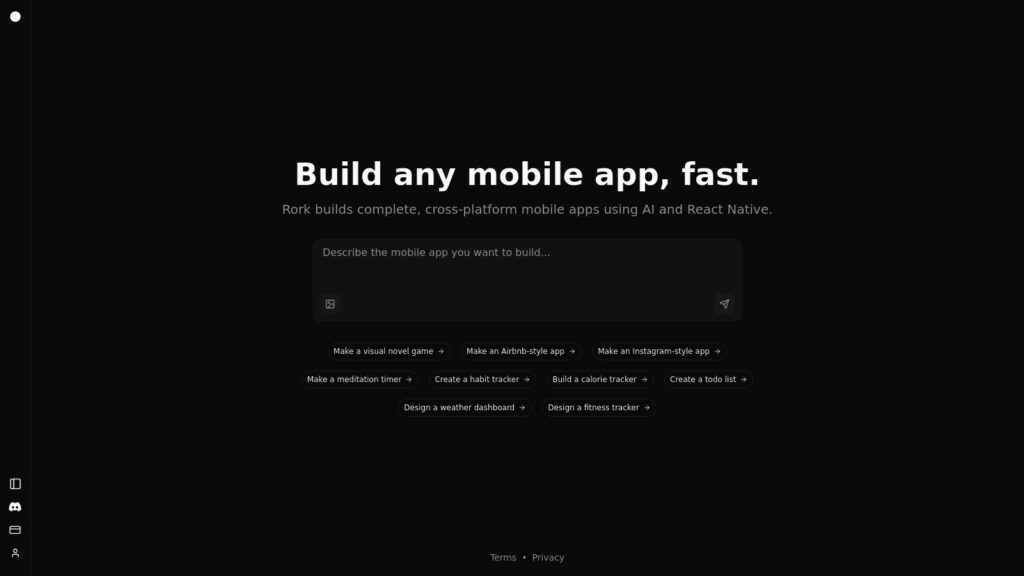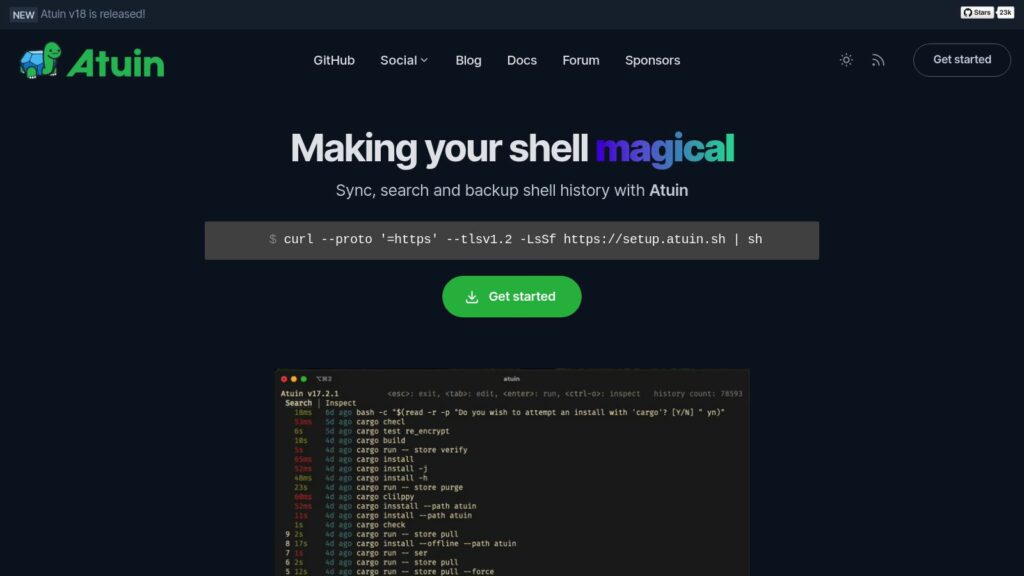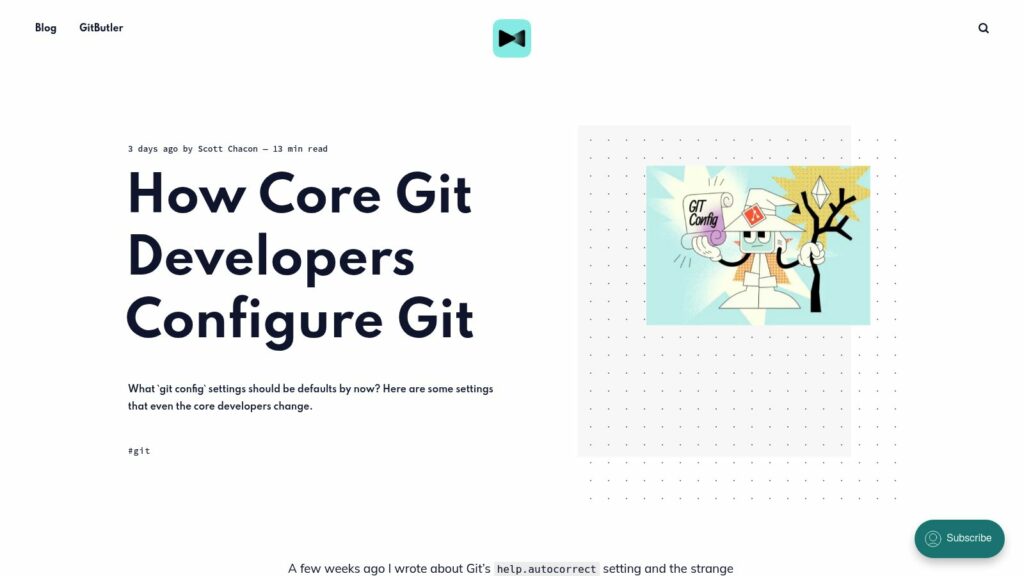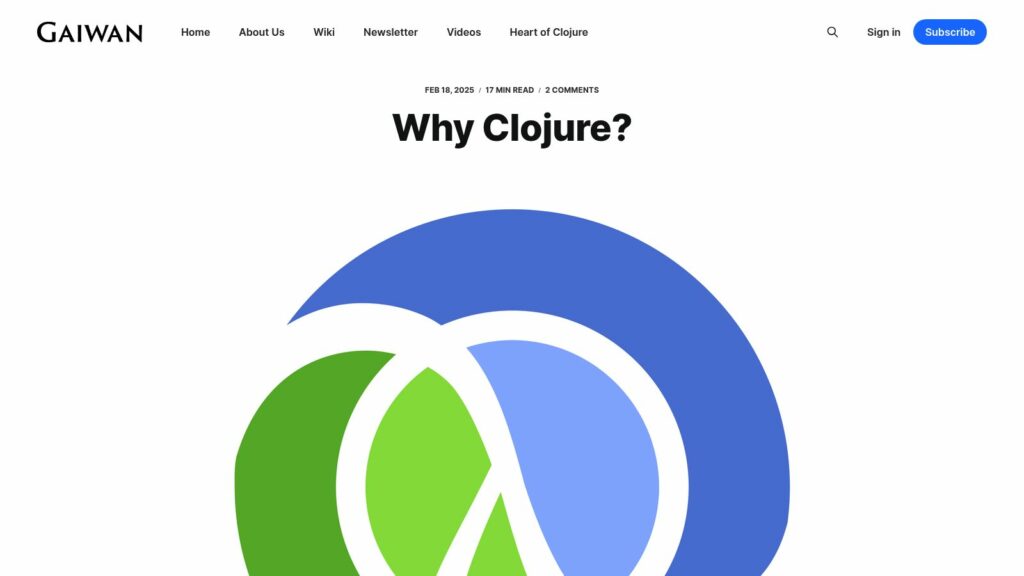Postman: The World’s Leading API Platform
Postman is a leading API platform for collaborative development, used by 35+ million developers. It streamlines API lifecycle processes, enabling prototyping, testing, and documentation to be done in one place, enhancing team collaboration, and reducing errors. The platform offers workspaces for real-time updates and utilizes AI for debugging and testing. Trusted by 500,000 companies, including Fortune 500 firms, Postman integrates with various tools to optimize development workflows.

